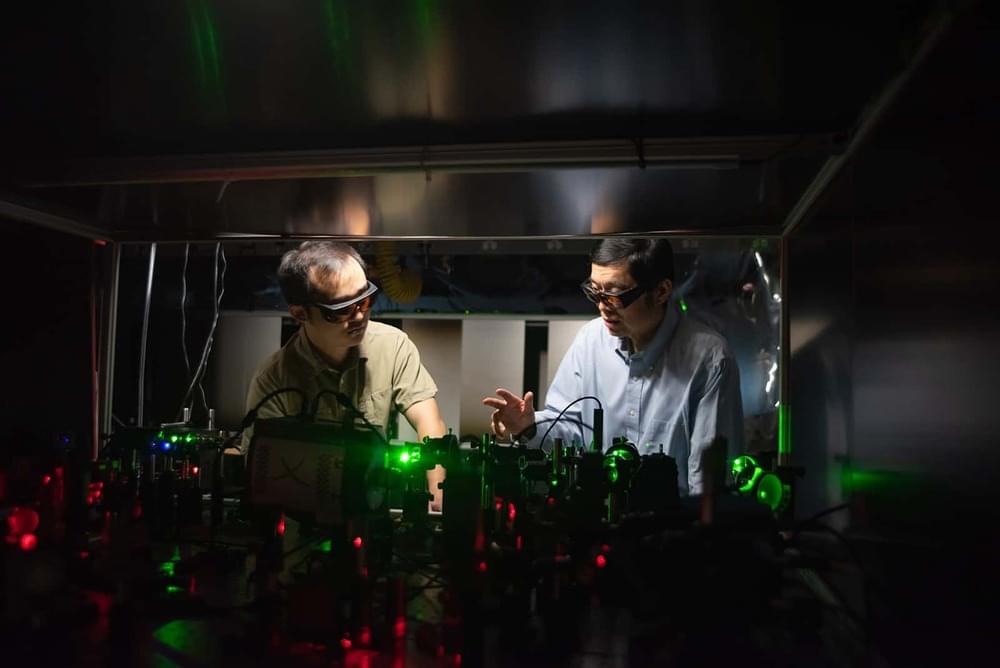A chip-sized device can manipulate particles of sound in a way that mimics how particles of light are used in light-based quantum computers, opening the door for building sound-based quantum computers.
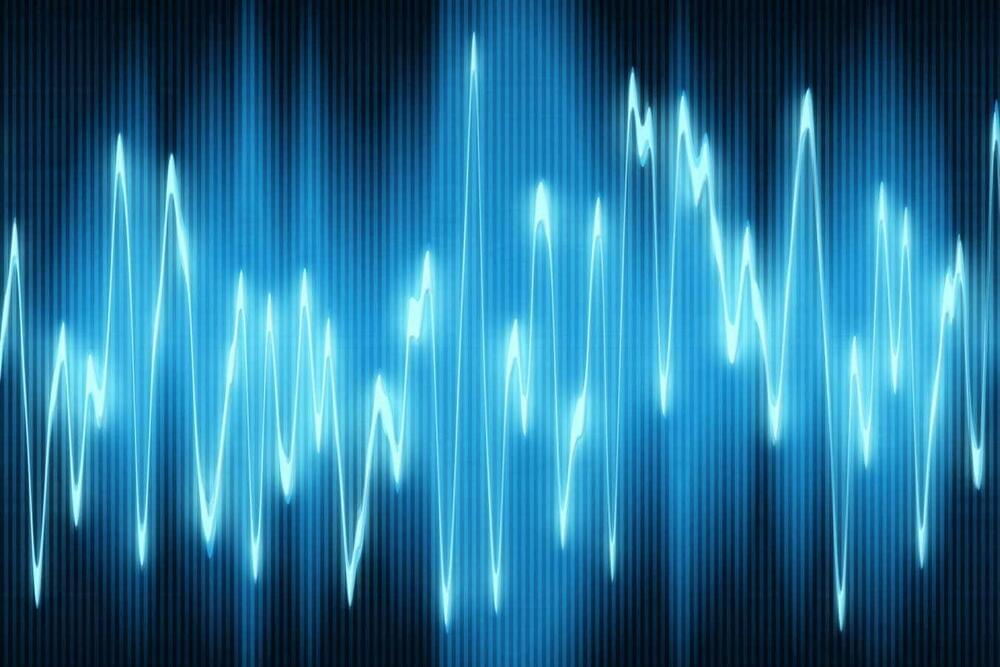

A chip-sized device can manipulate particles of sound in a way that mimics how particles of light are used in light-based quantum computers, opening the door for building sound-based quantum computers.

Scientists from the Radboud University have developed synthetic molecules that resemble real organic molecules. A collaboration of researchers, led by Alex Khajetoorians and Daniel Wegner, can now simulate the behavior of real molecules by using artificial molecules. In this way, they can tweak properties of molecules in ways that are normally difficult or unrealistic, and they can understand much better how molecules change.
Their paper is published in the journal Science.
Emil Sierda, who was in charge of conducting the experiments at Radboud University said, “A few years ago we had this crazy idea to build a quantum simulator. We wanted to create artificial molecules that resembled real molecules. So we developed a system in which we can trap electrons. Electrons surround a molecule like a cloud, and we used those trapped electrons to build an artificial molecule.” The results the team found were astonishing. Sierda says, “The resemblance between what we built and real molecules was uncanny.”


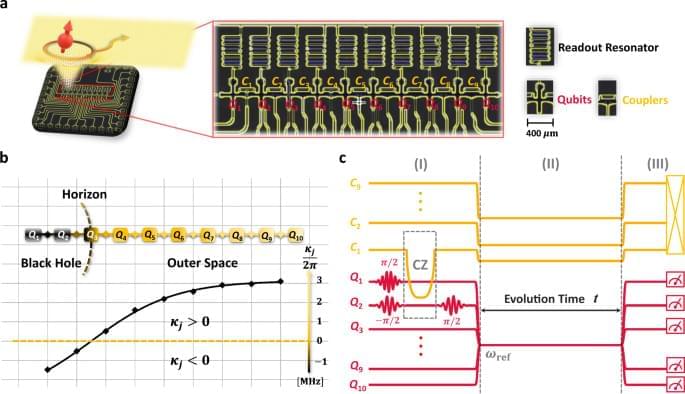
Recently, the theory of Hawking radiation of a black hole has been tested in several analogue platforms. Shi et al. report a fermionic-lattice model realization of an analogue black hole using a chain of superconducting transmon qubits with tuneable couplers and show the stimulated Hawking radiation.
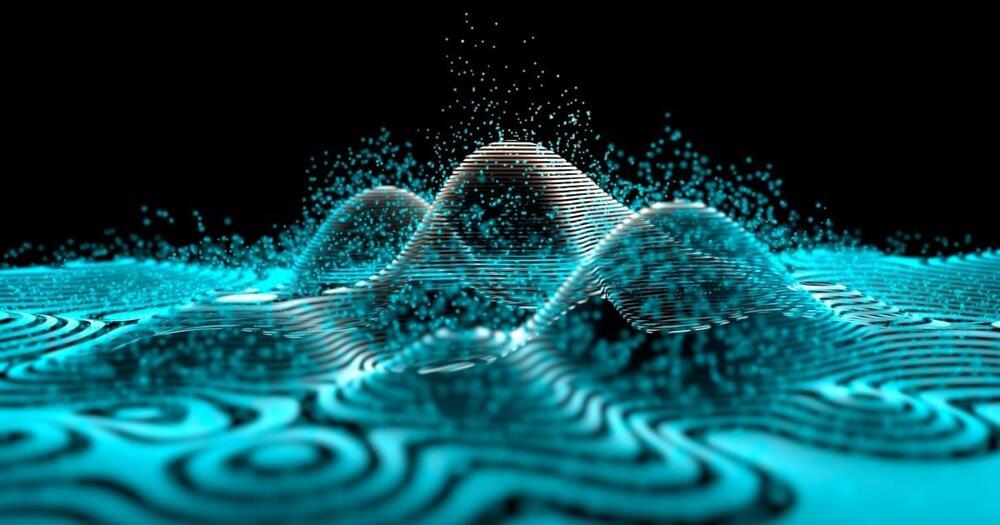

The Big Bang, traditionally considered the birth of the universe about 14 billion years ago, is being questioned. Physicist Bruno Bento and his team have proposed compelling research suggesting the universe may have always existed, and the Big Bang may merely be a significant event in its continuous evolution.
Bruno Bento and his colleagues set out to examine what the universe’s inception might have looked like without a Big Bang singularity. They grappled with contradictions arising when comparing accepted theories, particularly those dealing with quantum physics and general relativity. While quantum physics has accurately described three of the four fundamental forces of nature, it struggles to incorporate gravity. On the other hand, general relativity offers a comprehensive explanation of gravity, but falters when dealing with black holes’ centers and the universe’s genesis.
These contentious areas, termed “singularities,” are points in space-time where established physical laws cease to apply. Intriguingly, computations indicate an immense gravitational pull within singularities, even on a minuscule scale.

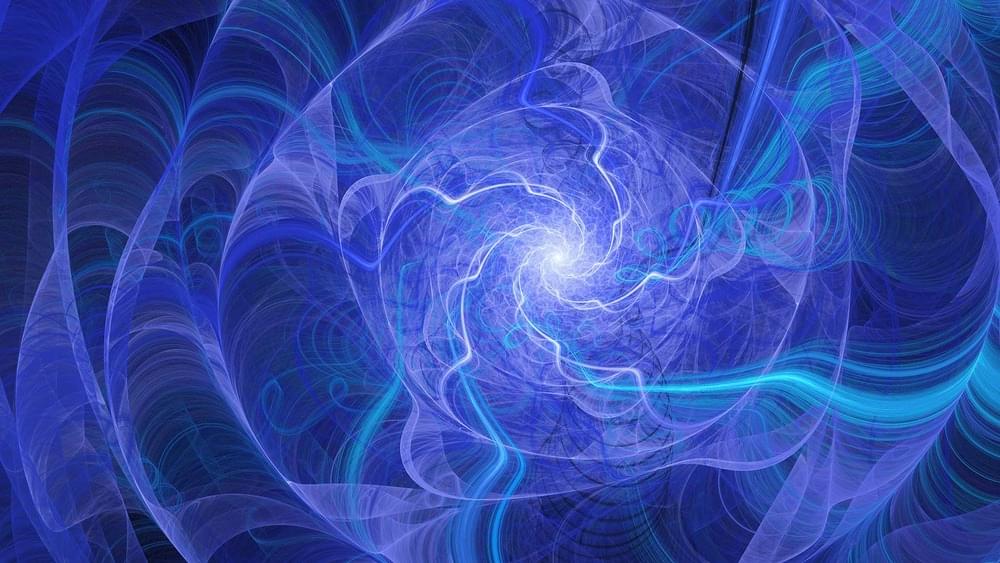
The quantum realm contains profound mysteries. Here, New Scientist editors have selected some of our most mind-bending feature-length articles about the deepest layer of reality we know.
